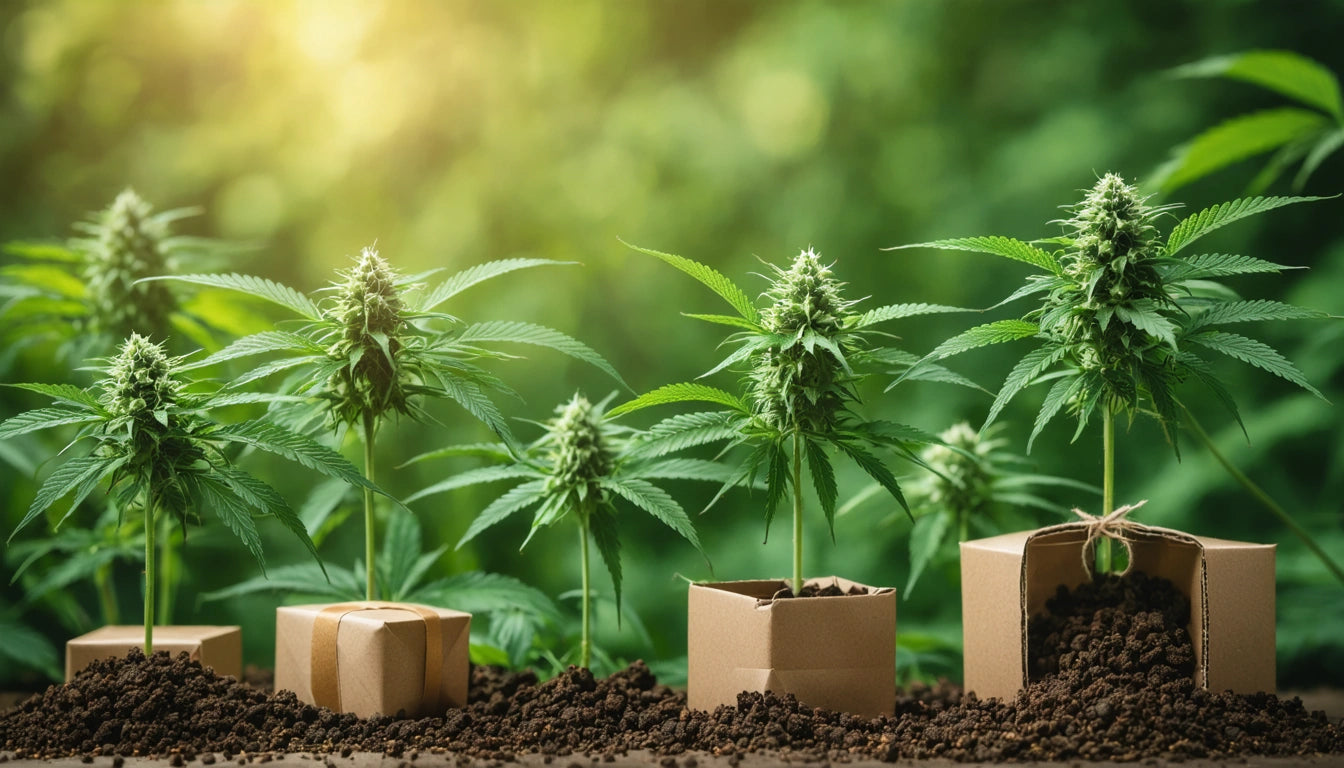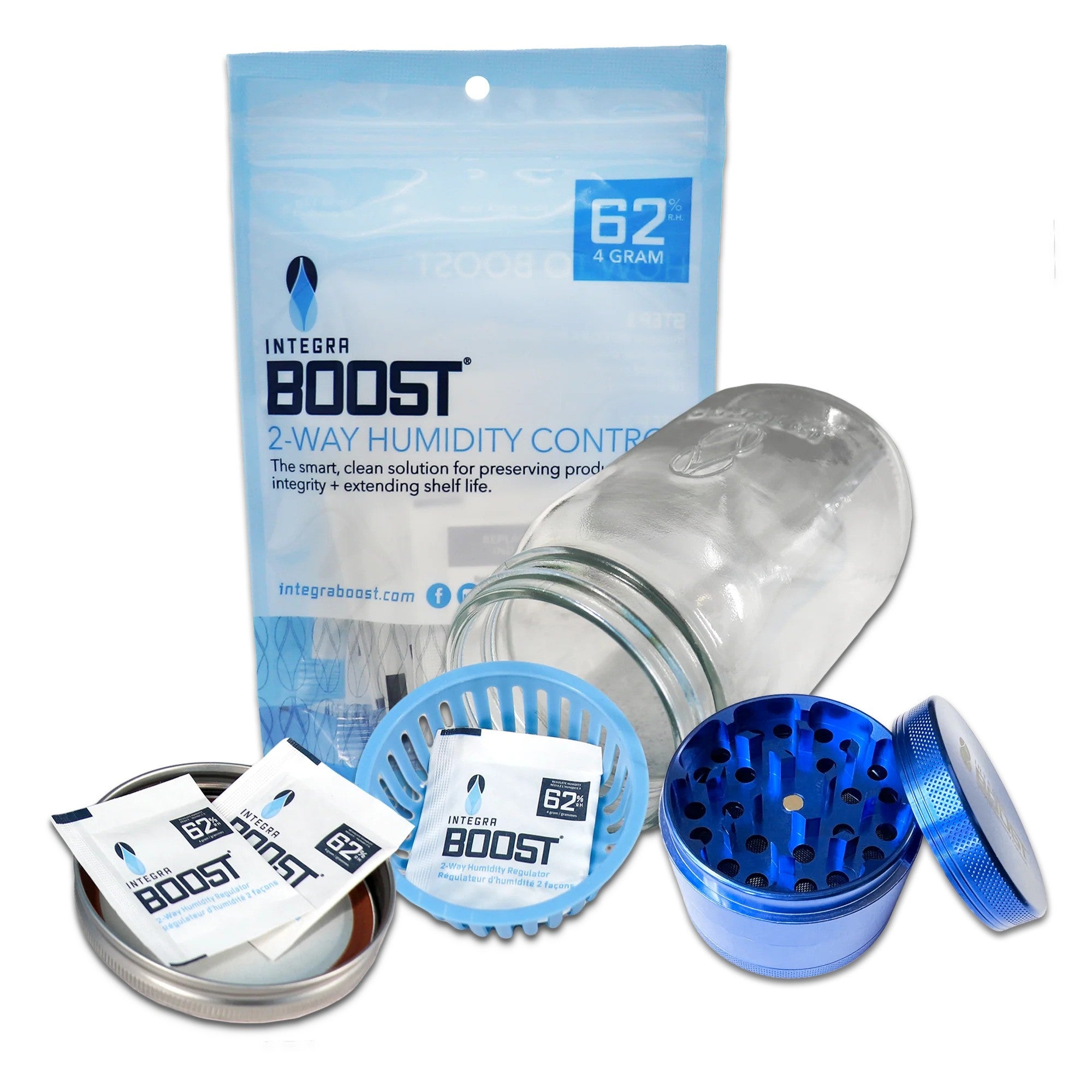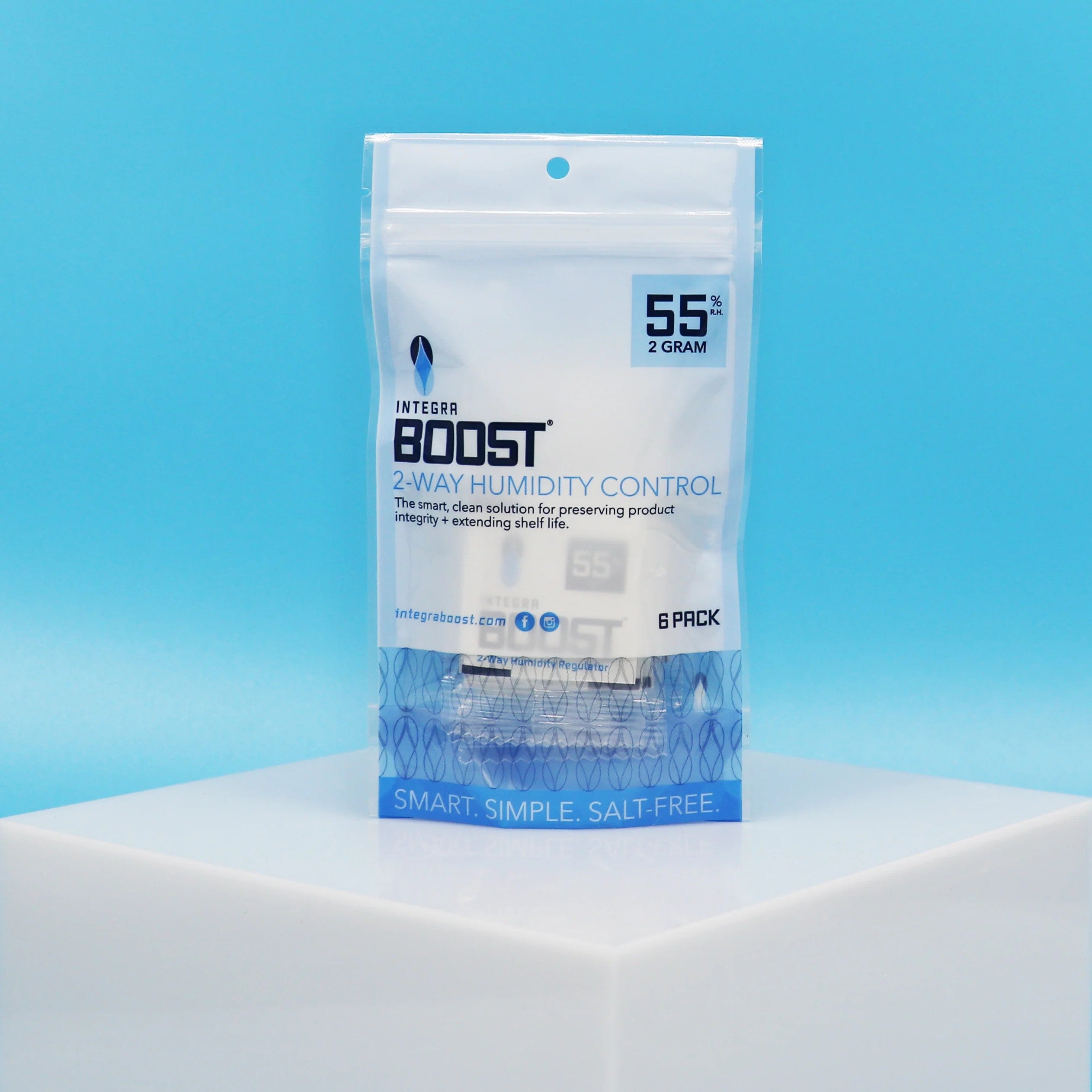Table of Contents
The Economics of Hemp-Based Packaging at Scale
As sustainability becomes a driving force in consumer purchasing decisions, hemp-based packaging has emerged as a promising alternative to traditional plastics. However, the economic viability of hemp packaging at scale involves complex factors beyond simple material costs. Understanding these economics helps brands make informed decisions about sustainable packaging investments.
Production Cost Factors of Hemp Packaging
Hemp packaging production costs are influenced by several key factors that directly impact its economic feasibility at scale:
Raw Material Sourcing
The cost of hemp as a raw material varies significantly based on cultivation methods, regional availability, and processing requirements. According to our analysis of hemp-based plastics, the fiber extraction and processing stages represent approximately 40-60% of the total production cost.
Manufacturing Technology
Current manufacturing processes for hemp packaging remain less optimized than those for conventional plastics, which have benefited from decades of refinement. This technological gap contributes to higher per-unit costs when producing at smaller scales. Manufacturers need precise measurement equipment for quality control throughout the production process to ensure consistent material properties.
Supply Chain Economics and Scaling Challenges
Creating an economically viable hemp packaging supply chain presents several challenges:
- Limited number of specialized processors capable of converting raw hemp into packaging-grade materials
- Geographical disconnects between growing regions and manufacturing facilities
- Seasonal availability affecting consistent supply
- Higher inventory carrying costs due to minimum order requirements
Building a scalable hemp packaging supply chain requires strategic partnerships and often longer lead times than conventional packaging. Companies achieving economies of scale typically integrate vertically or form consortium relationships with multiple suppliers.
Price Comparison: Hemp vs. Traditional Materials
Current market pricing reveals the economic gap between hemp-based and traditional packaging materials:
Cost Premium Analysis
Hemp packaging currently commands a 30-120% price premium over conventional plastic alternatives, depending on the specific application and volume. This premium is gradually decreasing as production scales up, but remains a significant consideration for price-sensitive products.
When comparing hemp against other plant-based alternatives like PLA, hemp typically costs 15-30% more but offers superior biodegradability and strength characteristics that may justify the additional expense for certain applications.
ROI Considerations for Brands
The return on investment for hemp packaging extends beyond direct material costs:
Brand Value Enhancement
Research indicates that consumer preference for hemp packaging can translate to a 5-15% premium on retail products, particularly in environmentally conscious market segments. This premium can offset higher packaging costs while building brand equity.
Regulatory Compliance Value
As packaging regulations become increasingly stringent regarding single-use plastics, early adoption of hemp packaging can provide regulatory compliance benefits. This is especially relevant for FDA-compliant hemp packaging applications where future-proofing against regulatory changes represents quantifiable value.
Operational Considerations
The economic analysis must account for potential operational adjustments:
- Packaging line efficiency may decrease 5-10% initially when switching to hemp materials
- Storage requirements may differ from conventional materials
- Shelf-life considerations may impact inventory management
Future Economic Outlook for Hemp Packaging
The economics of hemp packaging are evolving rapidly as the industry matures:
Production costs are projected to decrease by 30-50% over the next five years as manufacturing processes improve and supply chains mature. This will substantially narrow the price gap with conventional materials, especially as hemp packaging competes more directly with traditional plastics.
Brands evaluating long-term packaging strategies should consider these economic trajectories alongside sustainability goals. While hemp packaging may represent a premium investment today, its economic proposition is improving steadily as scale increases and consumer expectations evolve.
For companies looking to balance economic and environmental considerations, a phased approach often proves most practical. Starting with hemp packaging for premium product lines allows brands to test market response while building the volume necessary to negotiate better pricing for broader implementation.











Leave a comment
All comments are moderated before being published.
This site is protected by hCaptcha and the hCaptcha Privacy Policy and Terms of Service apply.